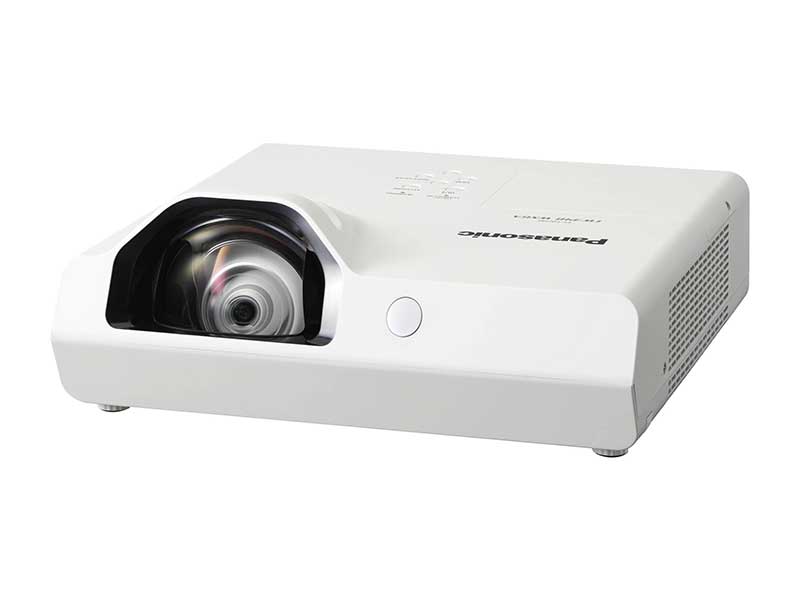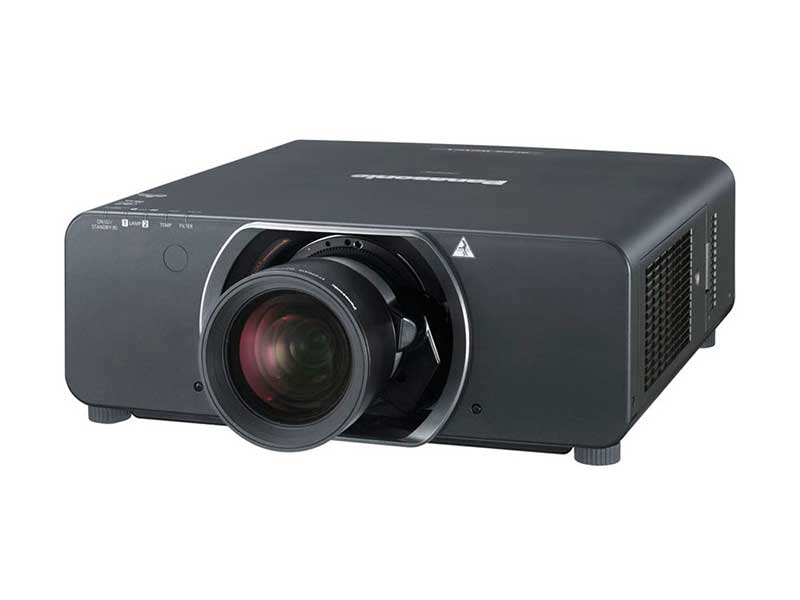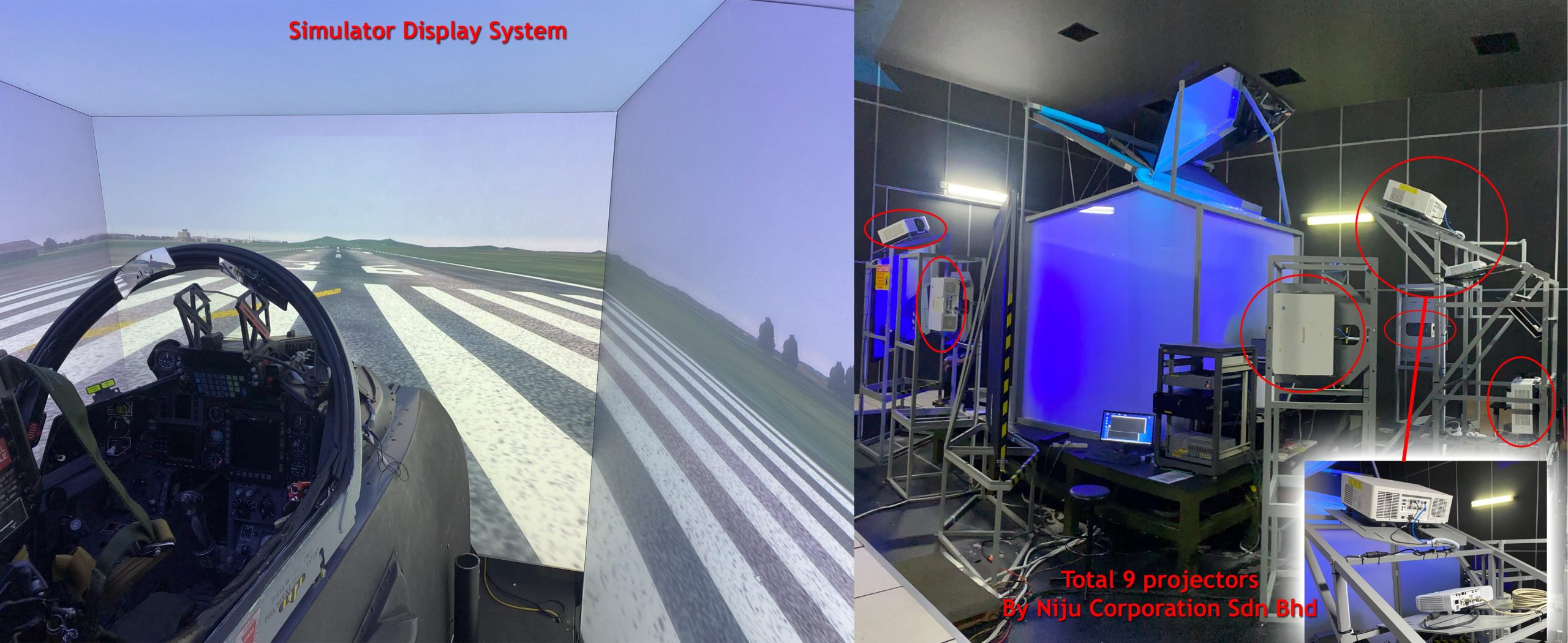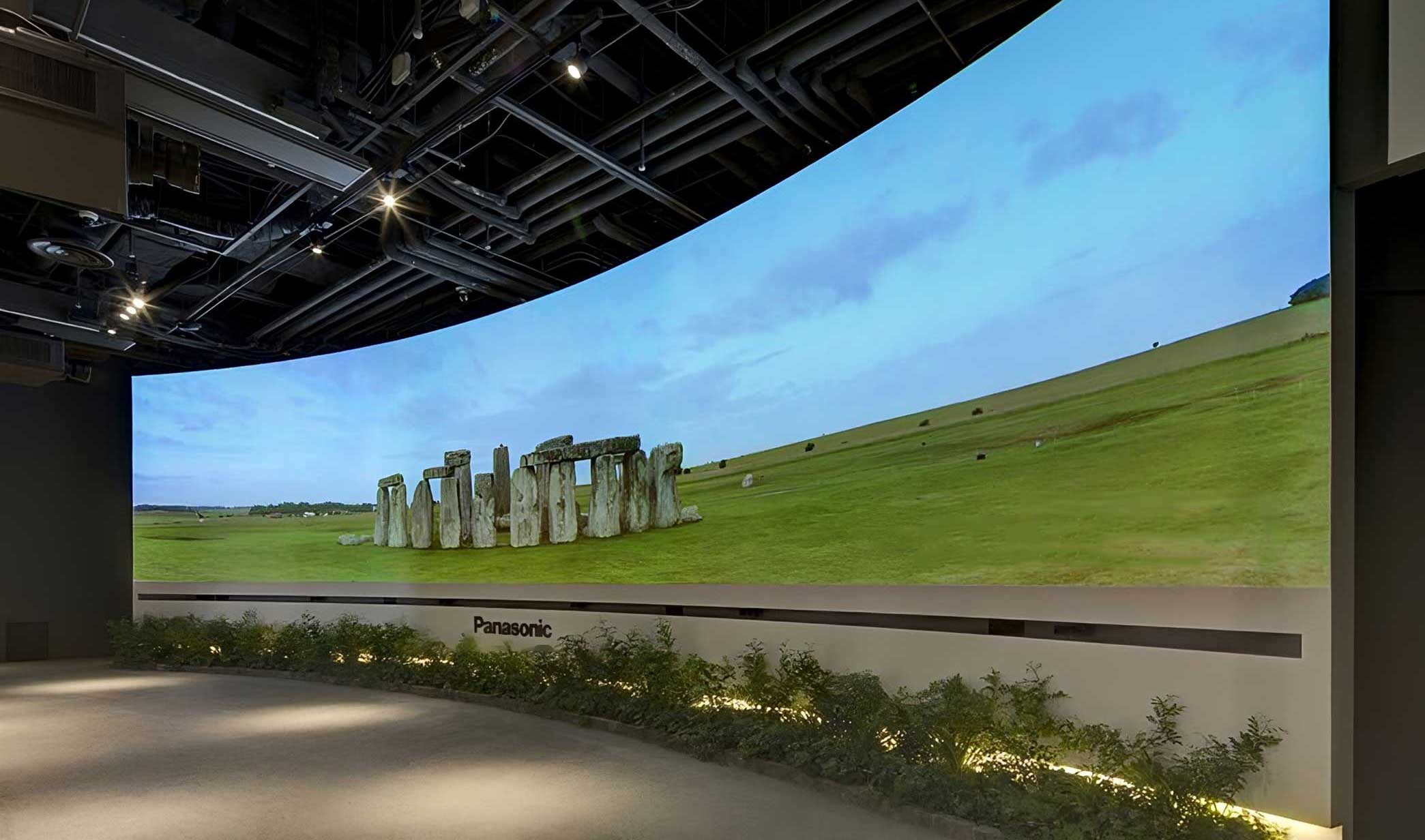Projection Systems
At Niju we offer a wide range of projectors, including both DLP and LCD models, to cater to your specific requirements.
Generally there are two main common technologies used in projectors namely DLP (Digital Light Processing) and LCD (Liquid Crystal Display).
The choice between DLP and LCD projectors ultimately depends on your specific needs and preferences. Each technology has its own advantages and disadvantages. LCD projectors are generally less expensive, offer sharper image quality, superior color saturation, and brightness. On the other hand, DLP projectors provide high native contrast, better black levels, higher pixel density, and are often used in high-end home theaters and large venues.
At Niju we offer a wide range of projectors, including both DLP and LCD models, to cater to your specific requirements. We have short throw/ultra short throw projectors, edge blending projectors and ultra-portable projectors. Our projectors feature high brightness, various light source options (lamp/LED/laser), and resolutions ranging from XGA, WXGA, SXGA+, Full HD, WUXGA to 4K.
We specialize in single or advance multi-projection systems that can transform your viewing experience. With our extensive experience in setups using single or multiple projectors on flat, curved, small, or large screens, including odd-shaped screens, we offer customized solutions tailored to your specific needs. Our advanced calibration techniques ensure seamless blending and edge blending, creating a cohesive and uniform display.
We understand the importance of selecting the right projector for your specific use, and our experts are available to provide guidance and support in choosing the projector that best suits your needs. Contact us today to explore our wide range of projectors and find the perfect solution for your projection requirements.

DLP Projectors
DLP (Digital Light Processing) projectors offer key features that make them popular in various applications:
High Contrast Ratio:
Provides extremely high native contrast (for great black level performance) for superior viewing of dark images or videos (especially movies).
Smooth Motion Handling:
Fast response times in DLP projectors enable smooth motion reproduction, ideal for fast-action content like movies and gaming. Screen refresh rate for DLP is also often higher than LCD.
High Brightness:
DLP projectors provide high brightness levels, ensuring vibrant and clear images even in well-lit environments.
Sharp Image Quality:
3D Capabilities:
Many DLP projectors support 3D projection, offering an immersive viewing experience for 3D content.
Light source:
Compact and Portable:
DLP projectors are known for their compact and lightweight designs, making them convenient for portable use.
DLP projector are mostly used in digital movie theaters, high-end home theater systems, auditorium, boardroom, as portable projector and office projectors.

LCD Projectors
LCD (Liquid Crystal Display) projectors offer key features that make them popular in various applications:
Excellent Color Reproduction:
LCD projectors accurately and vividly reproduce colors, resulting in lifelike images.
High Brightness:
LCD projectors provide high brightness levels, ensuring clear and visible images even in well-lit environments. Generally, on the same class wattage, LCD projectors produce brighter images than other types of projectors on the same.
Sharp Image Quality:
LCD projectors deliver sharper image and superior picture quality
Good Contrast Ratio:
LCD projectors offer a decent contrast ratio, showcasing the difference between dark and light areas of an image. However, DLP projector offer better black and white contrast.
Longer Lamp Life:
LCD projectors have longer lamp life, reducing the need for frequent lamp replacements and lowering costs.
Flexible Connectivity:
LCD projectors support various connectivity options, allowing connection to different multimedia sources.
Cost-Effective:
LCD projectors are often more affordable, providing a cost-effective choice for individuals and organizations.
Consider these features when selecting an LCD projector for applications such as auditorium, boardrooms, meeting room and office projectors to ensure an optimal viewing experience.

Short Throw Projectors
Short throw projectors are designed to project large images from a short distance. They offer several key features that make them popular for various applications.
Space-Saving Design:
These projectors eliminate the need for extensive room space or long projection distances, saving valuable space in smaller environments.
Reduced Shadows and Glare:
Short throw projection minimizes shadows and glare on the screen, enhancing visibility and creating a more immersive viewing experience.
Easy Installation:
Short throw projectors are relatively easy to install and set up.
Enhanced Presenter-Viewer Interaction:
The short throw capability allows presenters to be closer to the screen, promoting easier interaction with content and the audience.
Reduced Screen Glare:
Short throw projection reduces screen glare as the projection angle is more perpendicular, resulting in better visibility and less eye strain.
Consider these features when selecting a short throw projector to ensure it meets your specific requirements and provides an optimal viewing experience in limited spaces.

Edge Blending Projectors
Edge blending projectors are designed to seamlessly combine multiple projectors’ images to create a unified and extended display. They offer several key features that make them suitable for applications requiring large, immersive visuals such as video wall.
Edge Blending Capability:
These projectors blend multiple images together without visible boundaries or distortions.
Precise Geometry Correction:
Advanced geometry correction ensures perfect alignment and matching of projected images.
Flexible Projection Surfaces:
Edge blending projectors work on flat, curved, or irregular surfaces, allowing for creative visual setups.
High Brightness and Resolution:
These projectors provide vibrant and detailed visuals even in large projection setups.
Seamless Content Integration:
They seamlessly integrate content across multiple projectors, enabling panoramic images or immersive environments.
Control and Calibration:
Dedicated software and tools allow for precise control, calibration, and adjustment of image blending and color matching.
Wide Compatibility:
Edge blending projectors are compatible with various video sources and formats, making integration with AV systems easy.
Edge blending projectors are commonly used in applications such as simulation and training environments, immersive theaters, large-scale presentations, museums, exhibitions, and visual installations.
Sample of Edge Blending Projectors


